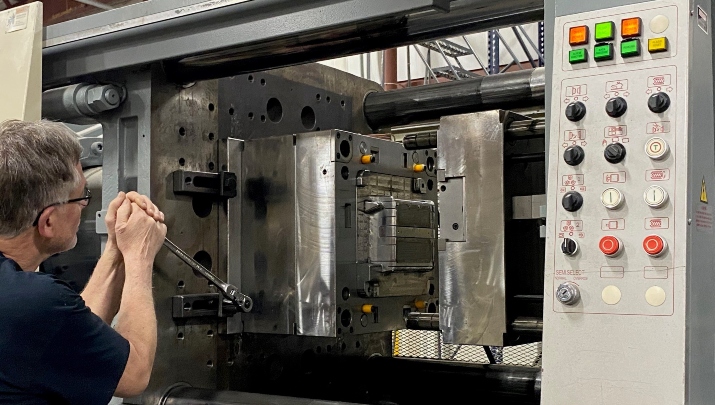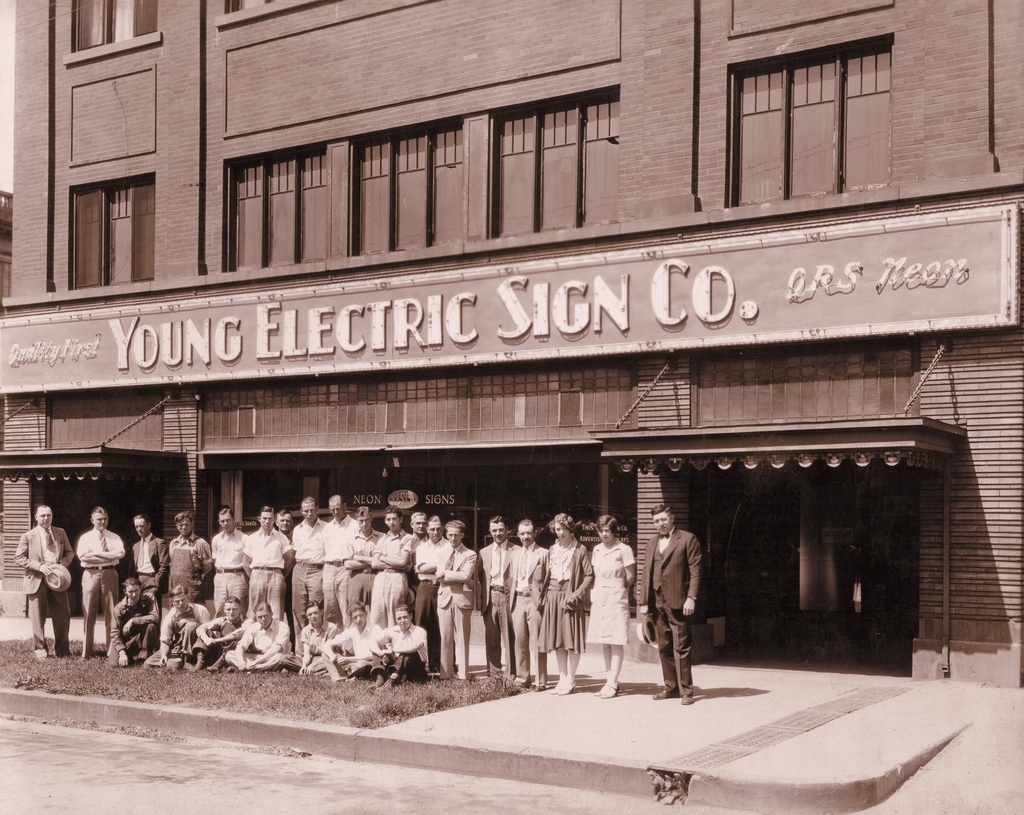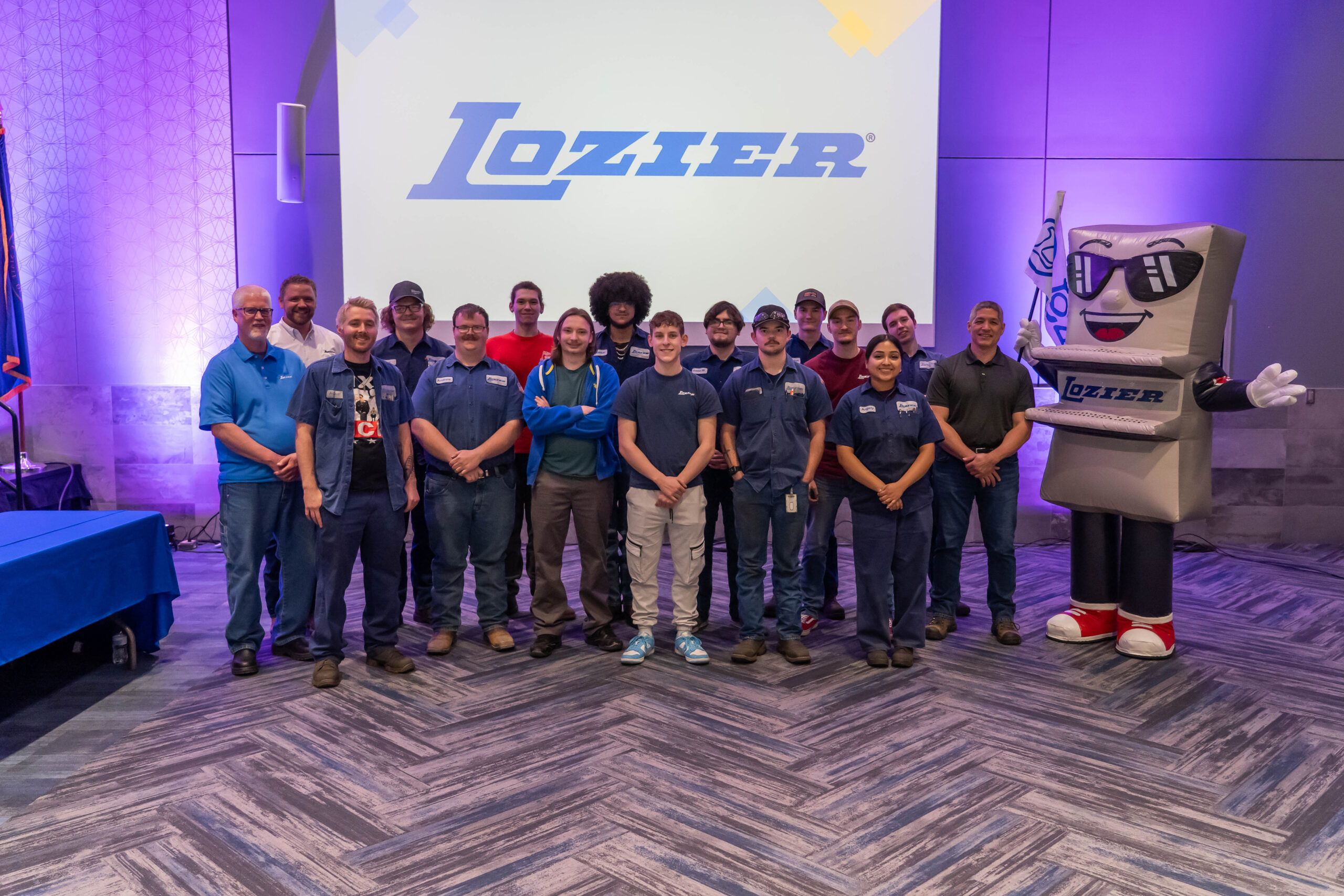
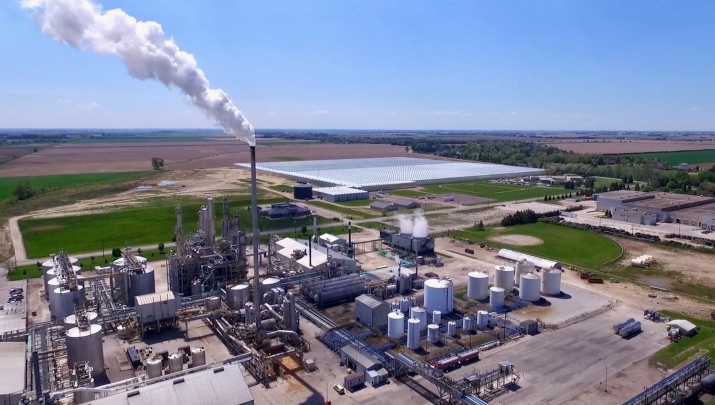
Are You Ahead of the Curve or Behind It?
- Howard Field
- Greenfield Global
As the adage goes, there is nothing more constant than change. As business leaders, we aim to drive change as we implement our vision and long-term strategies. If we plan thoughtfully and with intention, our purpose can give us more control over the ways we change, the pace of change, and the extent to which the changes create a competitive advantage for our companies. But sometimes, change is forced upon us by forces beyond our control, and we have to change in ways we would not necessarily have chosen. Insofar as we can see these forces coming, it is better to get out in front of them and chart your own path forward, rather than wait until you are pushed to change and have less control over the process.
So, let me ask you this: What are you doing about environmental sustainability?
At Greenfield Global, our vision and purpose are simple: “<350”. It’s on our t-shirts, it’s on our hardhats, it’s on posters throughout our offices, and it’s at the top of our minds when we make even the smallest decision. It represents our goal and our purpose – to do everything we can to help the earth return to CO2 levels below 350 parts per million in the atmosphere – the level required to return to equilibrium and sustain life on our planet for thousands of years to come. Therefore, our purpose is in tight alignment with the drive toward more sustainable life on earth with the products we make (biofuels, beverage and industrial alcohols, and solvents) and how we make them. But even companies whose direct purpose, enterprise, and identity are not directly tied to this initiative will soon be forced to think about the sustainability of their activities. Many already are.
Why? Because governments will tax carbon emissions, customers will demand lower carbon-intensive products, carbon-borders will be formed, our businesses will be impacted by the environmental consequences of climate change (floods, fires, droughts), and our children, grandchildren, and future generations will depend on it.
There is still time to ask the question, can we get out in front of this movement and drive our path forward, or will we be pushed in certain directions because of it? At Greenfield, we have been able to retain control by getting out in front of it and we have been able to create significant competitive advantages as a result.
Greenfield is the largest privately held ethanol producer in North America. We are one of the only companies that makes ethanol for the full range of products that contain it or require it for production, from fuel, to pharmaceuticals, to adhesives, to fragrances, to inks, to flavors, to hard seltzers and more. There are already regulations and mandates around reducing the carbon intensity score of fuel-grade ethanol, and of course we are doing that, but as of today, there are zero requirements in place to reduce the carbon intensity score of ethanol produced for other purposes. Because of our vision and our purpose, however, and because we expect it’s coming in the future, we are doing it anyway.
We have a plant in Chatham, Ontario, Canada where about 80% of the ethanol we make is high purity alcohol that goes into hard seltzers, vodkas, gins, flavors, pharmaceuticals and so on. Not one of the companies that buys our ethanol from this distillery has ever asked about our carbon intensity score. We saw an opportunity to lower it, however, and because it is right in line with our <350 mandate, we jumped on it.
When you produce ethanol, you separate corn into its three parts – protein, starch, and CO2. The starch is fermented with yeast to make ethanol, the protein is dried and made into meal for animal feed, and the CO2 is, typically, vented into the atmosphere. Because we hold all our initiatives and processes up to our <350 standard, we wondered if we might be able to find a better outlet for this excess carbon dioxide. Across the street from our plant, there is a large, 85-acre greenhouse for growing tomatoes. We all learned about photosynthesis in school; plants need CO2 to photosynthesize and release oxygen. Why not send our CO2 over there? In cooperation with the Canadian government and the greenhouse owners, we embarked on a project to design and build a system that would capture and send not only our CO2, but also the excess heat generated by our plant, across the street to the greenhouse.
Despite our partnerships and several grants we received, this initiative was expensive and a lot of work. It certainly would have been cheaper and easier to continue to vent the CO2, like other ethanol plants continue to do. We were not under any pressure at all to make this change, but we believe it was the right thing to do, and now we have the further advantage of having created something that can serve as a model for future projects. Since we built the system, the greenhouse has been able to secure grants to expand its operation and soon we will be able to send them even more of our CO2! It’s a win for us, a win for them, and a win for the planet.
Outside of ethanol, we have also turned our attention to green hydrogen, green methanol, and renewable natural gas. Very few companies are producing these critical products currently, and there isn’t even a market price for these sustainable commodities. But we know there will be, and we will, again, be ahead of the curve.
It has not always been an easy decision to strike out in these new directions. The engineering is very challenging, getting customers, investors and government on board is time-consuming, and even convincing some board members can be difficult. But when we remind them that we have a set of core competencies that are transferrable and that allow us to be pioneers in this work, the rest becomes execution. This important work is in line with our mission and our vision, and it will set us up to be leaders in the new low carbon markets that are certain to arrive in the near future.
The bottom line here is twofold. First, decarbonization is not a fad. It is going to shape businesses, across all industries, in the coming years and decades. As Evergreen® leaders, we lead multi-generational, private companies. Whether your purpose includes environmental sustainability or not, we have an opportunity to take the lead in decarbonization and, for now, report to ourselves on those achievements. We don’t have to report to public shareholders who prioritize short-term profits over long-term success or compare us to competitors that yield larger dividends or share buybacks. With this flexibility, we are well-positioned to lead the charge and take our places as industry leaders in sustainability when the mandates come and when customers demand it. And second, if we are truly thinking about being multi-generational, if we are looking at our families benefitting from these great companies we have built, we have to be ahead of the curve and not behind it. We know what happens to companies that fall behind the curve.
All businesses are going to be challenged by climate change and the need to decarbonize across industries–supply chains, feedstocks, commodity prices, reporting requirements, customer demand, regulatory burdens, raw material availability, etc. No matter our industry or the orientation of our purpose, it’s time to get plans in place and execute.
More Articles and Videos
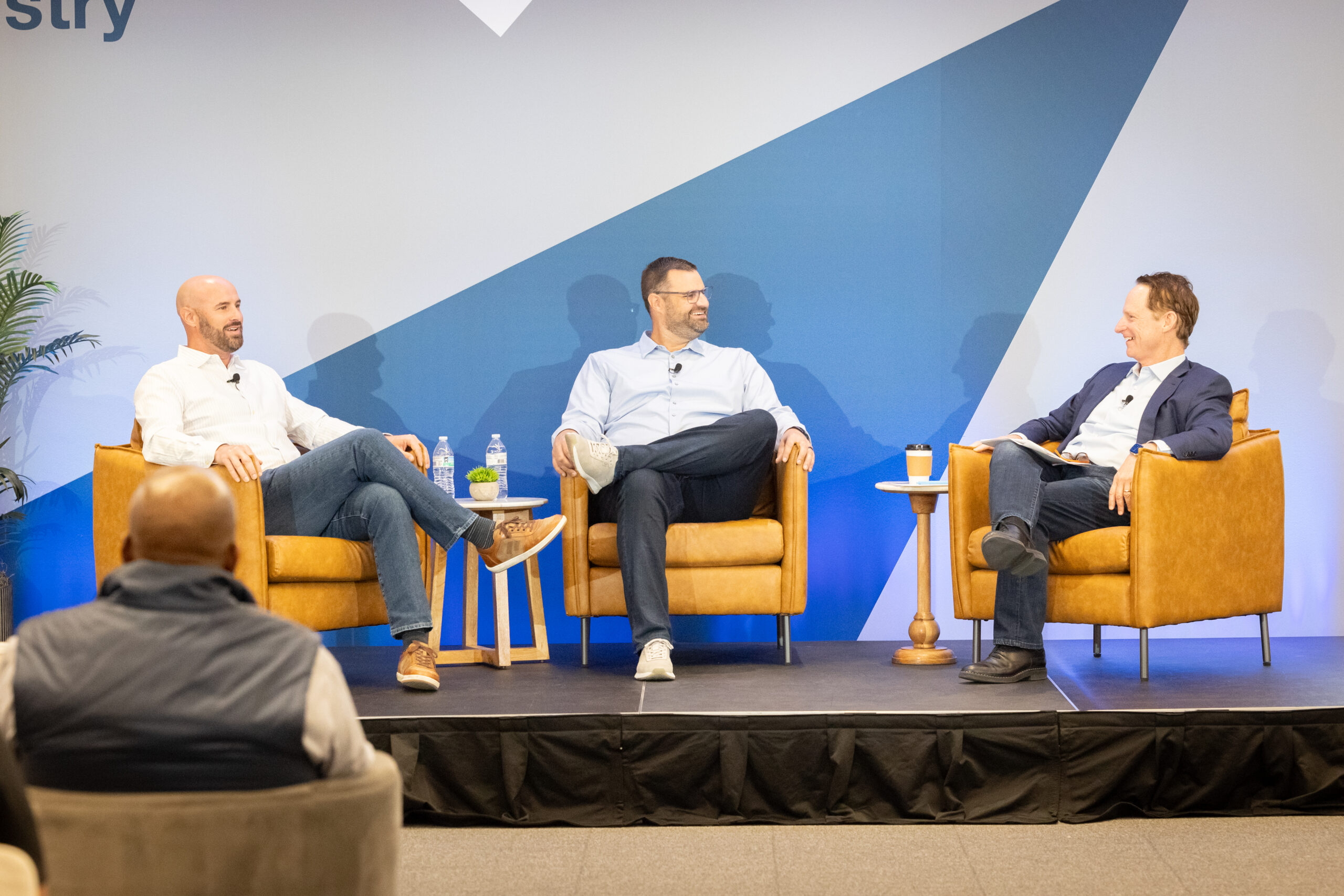
Fireside Chat with Dave Thrasher, Dan Thrasher, and Dave Whorton
- Dave Thrasher, Dan Thrasher, & Dave Whorton
- Supportworks and Thrasher Group

Get Evergreen insight and wisdom delivered to your inbox every week
By signing up, you understand and agree that we will store, process and manage your personal information according to our Privacy Policy
